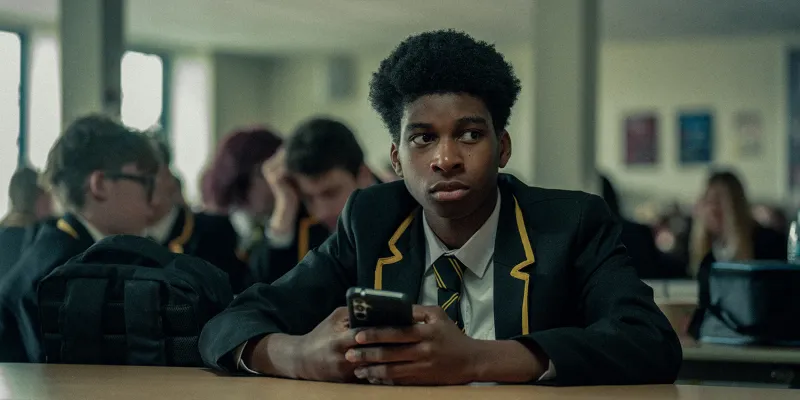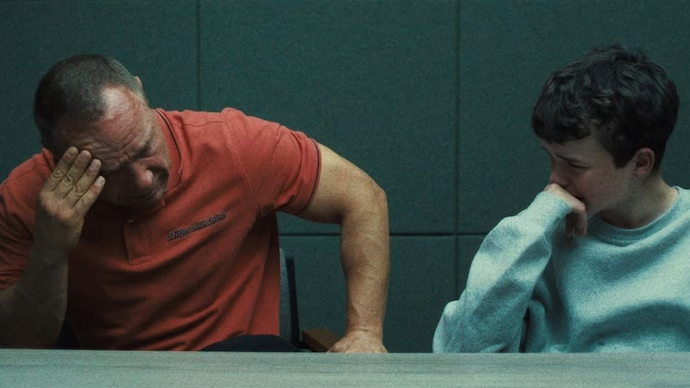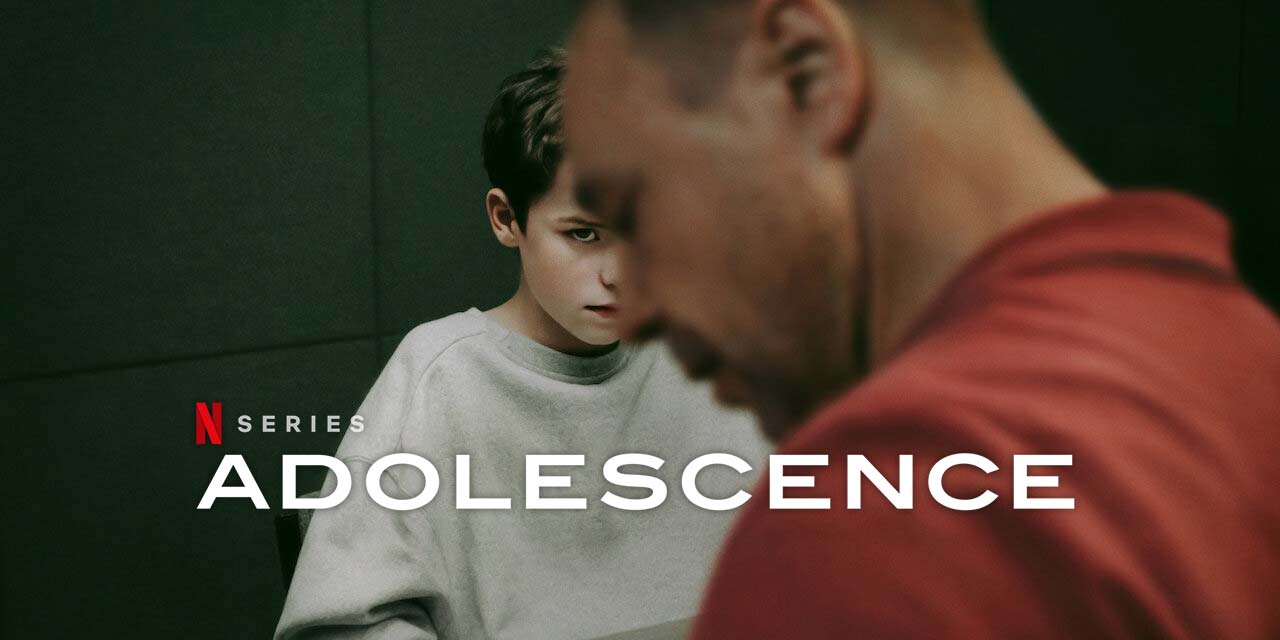Netflix’s Adolescence is a gripping mini-series that delves into the lives of teenagers growing up in the digital age. It explores the impact of social media on identity, mental health, and relationships, focusing on how young people—particularly boys—are influenced by online communities. The show takes a deep dive into the rise of “red pill” content, a digital movement that claims to teach men the “truth” about dating, masculinity, and gender roles, often promoting misogynistic and hyper-masculine ideals. Through personal stories, expert insights, and real-life social media interactions, Adolescence paints a sobering picture of how these online spaces shape young minds.
But how exactly does red pill ideology take hold, and what are the real-world consequences of social media’s influence on young people? In this article, we’ll explore the key themes of Adolescence and examine the impact of algorithm-driven content, the psychological toll of red pill messaging.
Social Media Algorithms Shape Worldviews

One of the most eye-opening aspects of Adolescence is how social media platforms use algorithms to influence what content users see. A teenager who watches one or two videos about self-improvement or dating advice can quickly find themselves in a rabbit hole of red pill ideology. These algorithms don’t just suggest content—they create entire digital environments where young men are bombarded with messages about dominance, submission, and so-called “female nature.” The result? Many teens develop a warped understanding of relationships and masculinity.
Red Pill Content Exploits Young Men’s Vulnerabilities

The mini-series highlights why red pill content appeals to so many young men: it provides easy answers to complex problems. Struggling with rejection? It’s because women are hypergamous (only attracted to status and wealth). Feeling overlooked? It’s because society is “feminizing” men. These messages create a sense of belonging, but they also encourage resentment, misogyny, and an unhealthy view of self-worth based on external validation. Adolescence does an excellent job of showing how influencers profit off young men’s insecurities while claiming to “help” them.
The Psychological and Social Toll

The emotional and mental impact of red pill ideology is another key theme in Adolescence. As young men immerse themselves in this content, many develop trust issues, struggle with real-life relationships, and experience heightened anxiety or depression. The film follows individuals who have been deeply affected by these online communities, some of whom later realize the toxicity of the ideology and work to unlearn it.
Breaking the Cycle: What Can Be Done?

The documentary doesn’t just highlight the problem—it also explores potential solutions. Parents, educators, and young people themselves need to engage in open discussions about online influence. Encouraging media literacy, critical thinking, and healthy role models can help counteract the negative effects of red pill content. The film suggests that instead of shaming young men for seeking guidance, we should provide them with healthier, more constructive spaces for self-improvement and connection.
Final Thoughts
Netflix’s Adolescence is a must-watch for anyone looking to understand the digital pressures facing today’s youth. It exposes how social media fosters extreme ideologies, while also offering hope for a healthier, more balanced future. Whether you’re a parent, educator, or simply someone curious about the effects of social media, this documentary is a powerful reminder of how much influence the internet has on shaping young minds, and why we need to pay attention.
Have you watched Adolescence? What are your thoughts on social media’s role in shaping young people’s beliefs? Let’s discuss in the comments!

